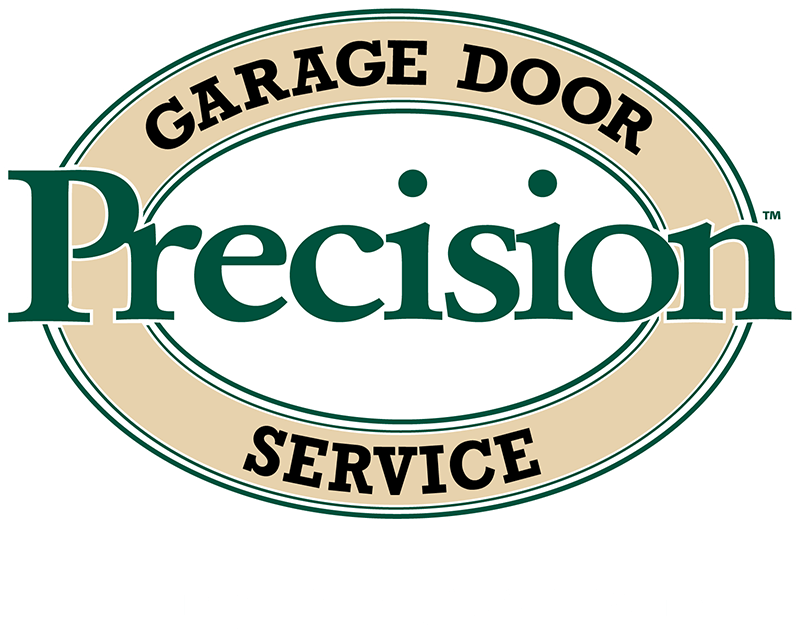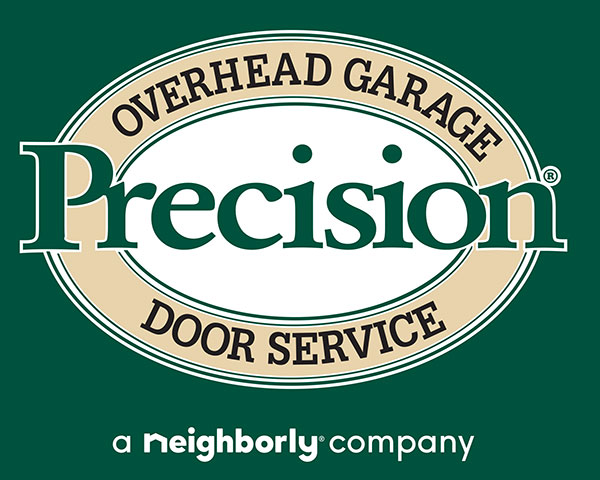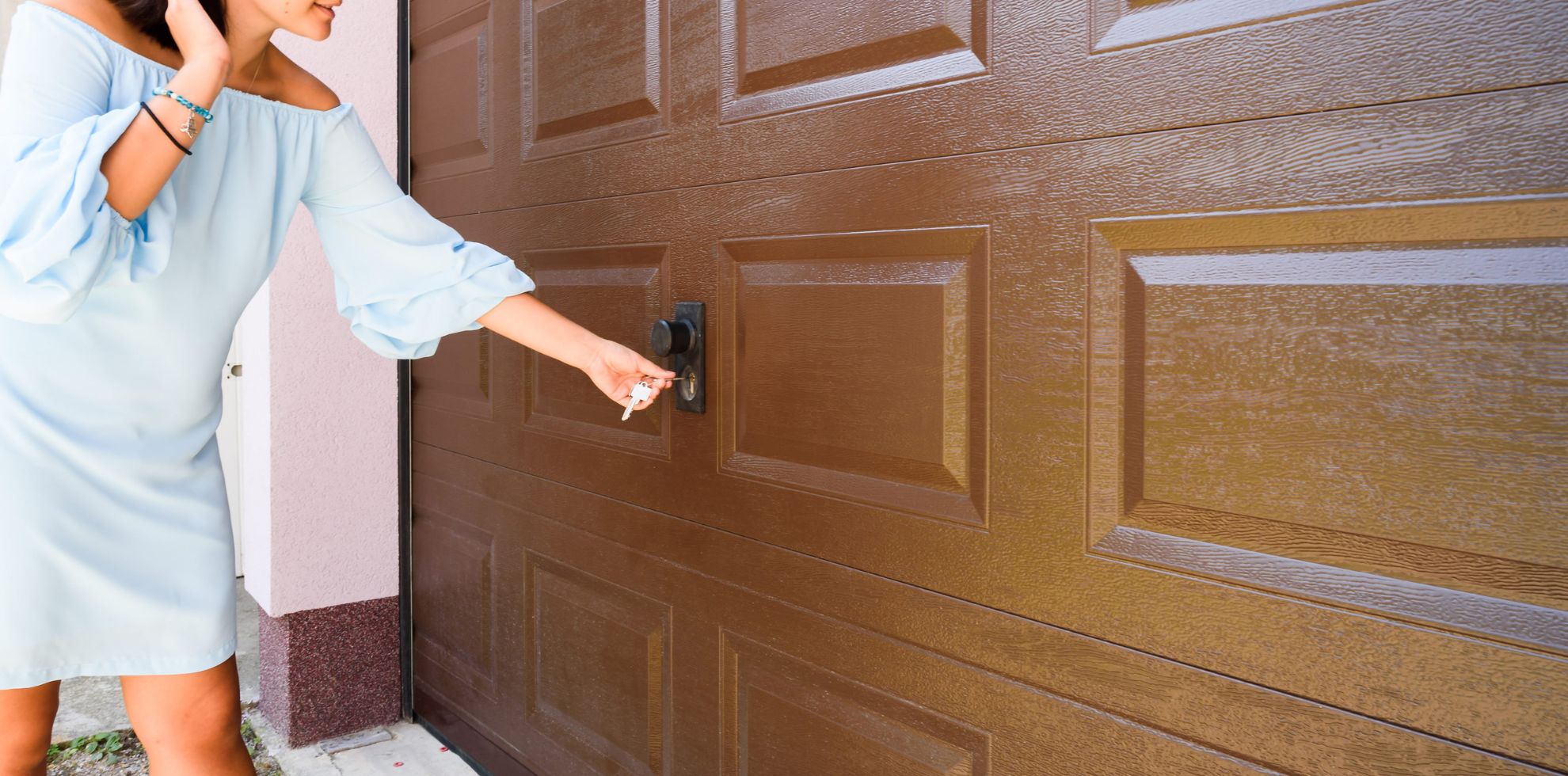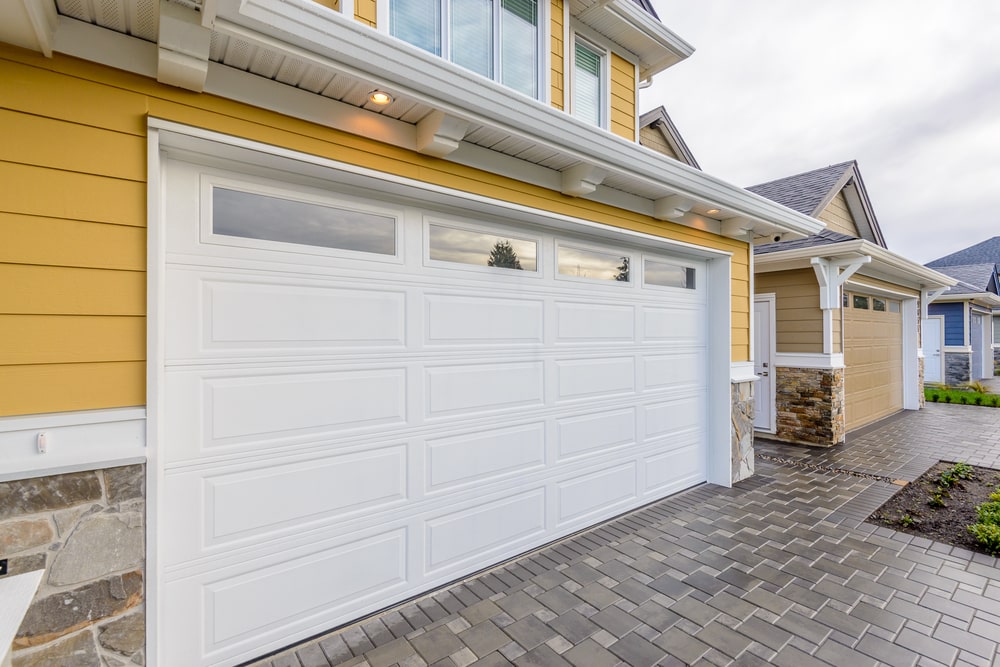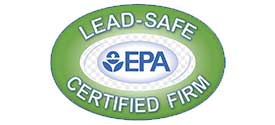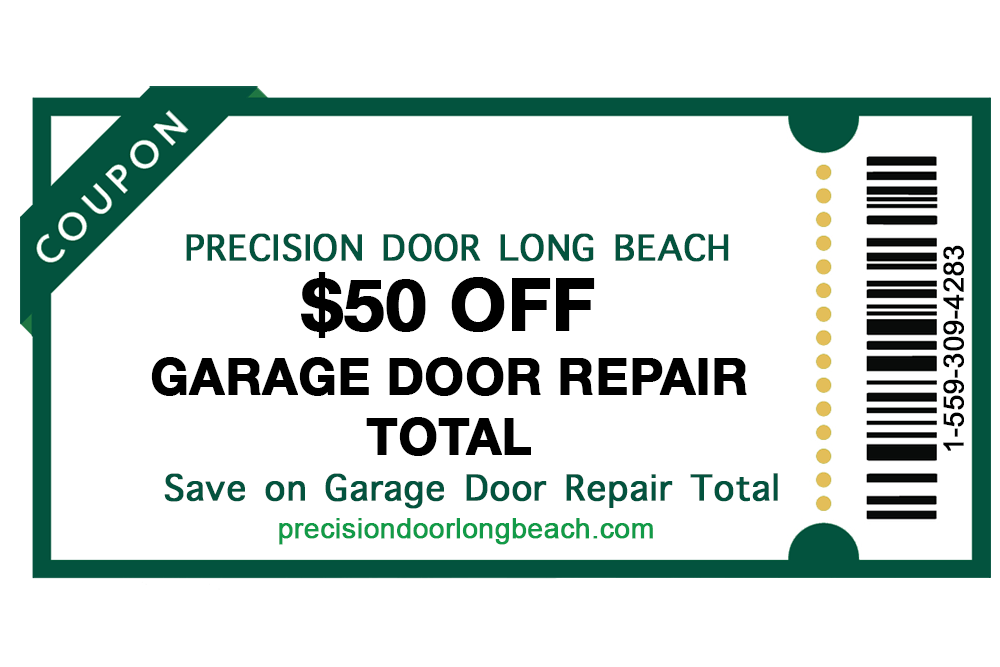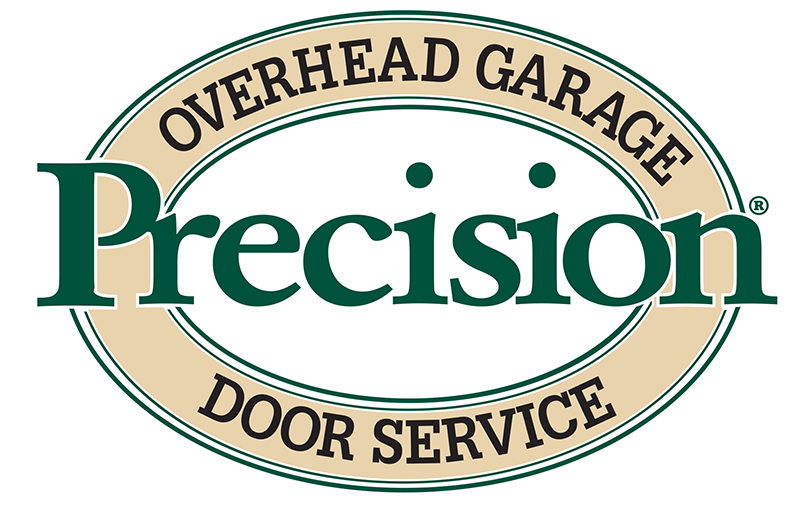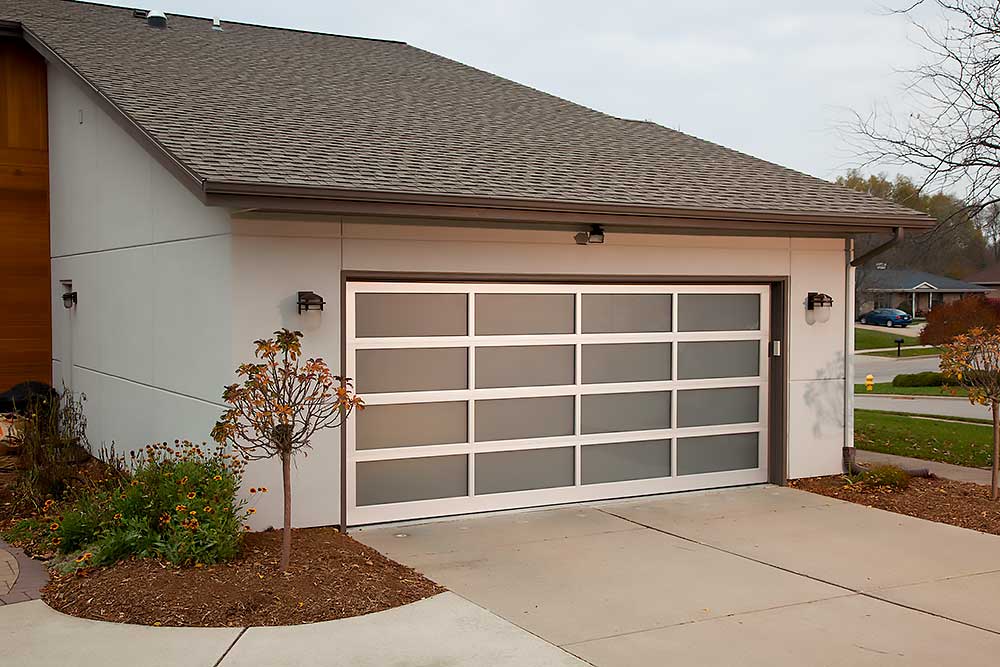
Garage Door Repair: 7 Ways to Test for Balance Issues
A garage door that isn’t balanced properly can be a safety hazard, causing it to close or open unexpectedly suddenly. It can also put extra strain on the opener, causing it to wear out faster and potentially leading to costly repairs down the line.
Fortunately, checking your garage door’s balance is a relatively simple task that you can do yourself. By following these seven easy tests, you can quickly identify any balance issues and take steps to fix them before they become more serious. So, if you’re ready to ensure your garage door is functioning safely and smoothly, let’s get started!
1. Testing the Garage Door Repair Balance
The first step in checking if your garage door is balanced correctly is to test it manually by disengaging the automatic opener. To do this, close the door using the automatic opener and pull the release handle to disconnect the opener from the door. Then, lift the door manually to waist height and release it to determine whether to call professional for garage door repair.
If the door stays open in the same position, it is balanced correctly. However, if the door falls to the ground or moves upward, its balance could be problematic. An unbalanced garage door can cause various safety concerns. It can fall unexpectedly and cause property damage or personal injury. Therefore, it’s important to ensure your garage door is balanced correctly.
2. Check the Door’s Springs
The next step in testing the balance of your garage door is to check the condition of the door’s springs. The springs play a critical role in counterbalancing the door’s weight, making it easier to lift and operate. To check the springs, you need to follow these steps:
First, close the door using the automatic opener. Then, pull the release handle to disconnect the opener from the door. Next, lift the door manually to waist height and release it. If the door is balanced, it should stay in place easily. If the door feels heavy or falls back down, there could be an issue with the springs. Look for any signs of wear and tear, such as cracks or gaps in the coils, or rust and corrosion on the springs.
If you notice any issues with the springs, it’s best to call a professional garage door repair technician to replace them. Attempting to replace the springs on your own can be dangerous, as they are under high tension and can cause serious injury if mishandled. Regular maintenance of your garage door’s springs is crucial to ensure that they function properly and prevent any unexpected malfunctions or accidents.
3. Check the Door’s Alignment
Over time, the tracks the door runs on can become misaligned, causing the door to operate poorly and possibly damaging other components. To check your door’s alignment, start by closing the door using the automatic opener.
Once the door is closed, inspect the tracks on both sides of the door to ensure they are straight and free of any debris. If you notice any debris or obstructions, clear them out carefully. Then, use a level to ensure the tracks are horizontally and vertically. If you find that the tracks are not level, you will need to adjust them accordingly to ensure proper alignment.
4. Test the Door’s Auto-Reverse Feature
The fourth step in testing the balance of your garage door is to test the door’s auto-reverse feature. This feature is designed to detect any objects or obstructions in the door’s path and automatically reverse the door’s direction to prevent accidents or damage. To test the auto-reverse feature, start by placing a 2×4 or a similar object on the ground in the door’s path.
Next, close the door using the automatic opener. As the door closes, it should come in contact with the object and immediately reverse direction. If the door fails to reverse, there could be an issue with the door’s auto-reverse feature, which a professional garage door repair technician should address.
5. Check the Door’s Tracks
The tracks that guide your garage door as it opens and closes are another important component to check when testing the balance of your door. Over time, these tracks can become misaligned, bent, or obstructed, causing the door to operate less smoothly or even become unbalanced. To check the tracks, inspect them visually, looking for any signs of damage, such as dents, bends, or obstructions.
If you notice any damage to the tracks, it’s essential to have them repaired or replaced by a professional garage door repair technician. Attempting to fix them yourself can result in further damage to your door or cause serious injury. If there is no visible damage to the tracks, you can further check them by using a level to ensure they are properly aligned. Place the level on the vertical tracks to see if they are straight. Any deviations from a straight line indicate that the tracks are misaligned and require adjustment.
Checking and maintaining the tracks is an essential part of garage door maintenance and should be done regularly to ensure that your door operates smoothly and safely. If you need help with how to check the tracks or if you find any damage, it’s best to call a professional technician to inspect and repair your garage door.
6. Lubricate Moving Parts
Lubricating the moving parts of your garage door is an essential part of garage door maintenance and can also help prevent unbalanced operation. Moving parts such as hinges, springs, rollers, and tracks need to be lubricated to reduce friction and wear, and to prevent them from getting stuck or becoming noisy.
To lubricate the moving parts, clean them to remove any dirt or debris that may have accumulated. Next, apply a lubricant specifically designed for garage doors to the hinges, springs, rollers, and tracks. Be sure to use an oil that the door’s manufacturer recommends to prevent damage to its components.
After lubricating, the moving parts, operate the garage door a few times to distribute the lubricant evenly. This will help ensure all moving parts are properly lubricated and functioning smoothly. It is recommended to lubricate the moving parts of your garage door at least once a year, or more frequently if the door is used frequently.
7. Replace Worn or Damaged Parts
If you have tried all the methods above to test the balance of your garage door and are still experiencing issues, it may be time to replace worn or damaged parts. Over time, parts such as the garage door springs, cables, rollers, and tracks can become worn, damaged, or even break, causing the garage door to become unbalanced.
To replace the worn or damaged parts, it is important first to identify the specific parts that need to be replaced. You can inspect the parts visually or have a professional technician inspect them for you. Once the damaged parts have been identified, you can purchase the replacement parts from a reputable dealer or manufacturer.
Replacing worn or damaged parts can be a complicated process, and it is recommended to have a professional technician do it for you. A professional will have the necessary tools and expertise to safely replace the parts and ensure your garage door operates smoothly and evenly. Additionally, replacing worn or damaged parts can extend your garage door’s life and prevent costly repairs in the future.
